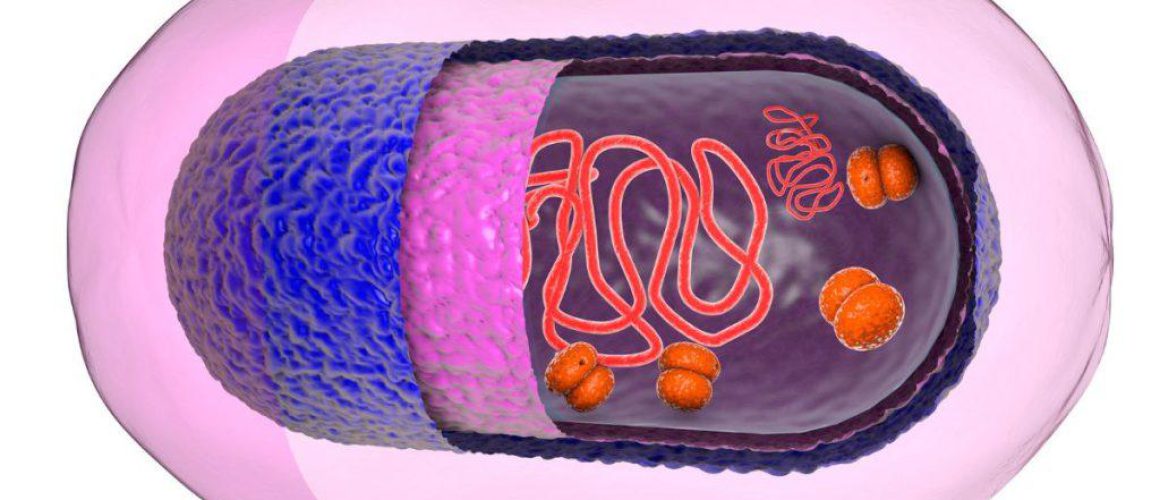Bacterial structure and cell morphology
Table of Contents
Key Summary Table: Bacterial Structure and Cell Morphology
| Component | Description |
|---|---|
| Cell Wall | Provides structure and protection to the bacterial cell. |
| Cell Membrane | Controls the movement of substances in and out of the cell. |
| Cytoplasm | Site of all metabolic activities within the cell. |
| Morphology | Refers to the shape and arrangement of bacterial cells. Common shapes include cocci (spherical), bacilli (rod-shaped), and spirilla (spiral-shaped). |
Bacterial structure and cell morphology – sounds complex, right? But don’t worry, we’re about to make it as easy as pie! In this article, we’ll explore the fascinating world of bacteria, from their tiny structures to their diverse shapes. Stay tuned, it’s going to be a microscopic adventure!
Introduction
Imagine a world too small to see, teeming with diverse life forms – welcome to the world of bacteria! These microscopic organisms are everywhere, from the deepest oceans to the highest mountains, and even inside our own bodies. They play a crucial role in our planet’s ecosystems and have a direct impact on our health and well-being. In this article, we’ll explore the fascinating world of bacterial structure and cell morphology, key aspects of bacteriology that help us understand these tiny yet complex life forms.
In every drop of water, in every gram of soil, there are millions of bacteria, each with a world of complexity within its microscopic cell.
Bacteria are incredibly diverse, not just in terms of their functions and habitats, but also in their physical structures. Their structure and morphology – the size, shape, and arrangement of their cells – can tell us a lot about their behavior, capabilities, and roles in the environment. So, let’s embark on this microscopic journey and unravel the intricacies of bacterial structure and cell morphology.
Remember, even though these concepts might seem complex, we’ll break them down in a way that’s engaging and easy to understand. So, whether you’re a student, a professional, or just someone interested in the world of bacteriology, this article is for you.
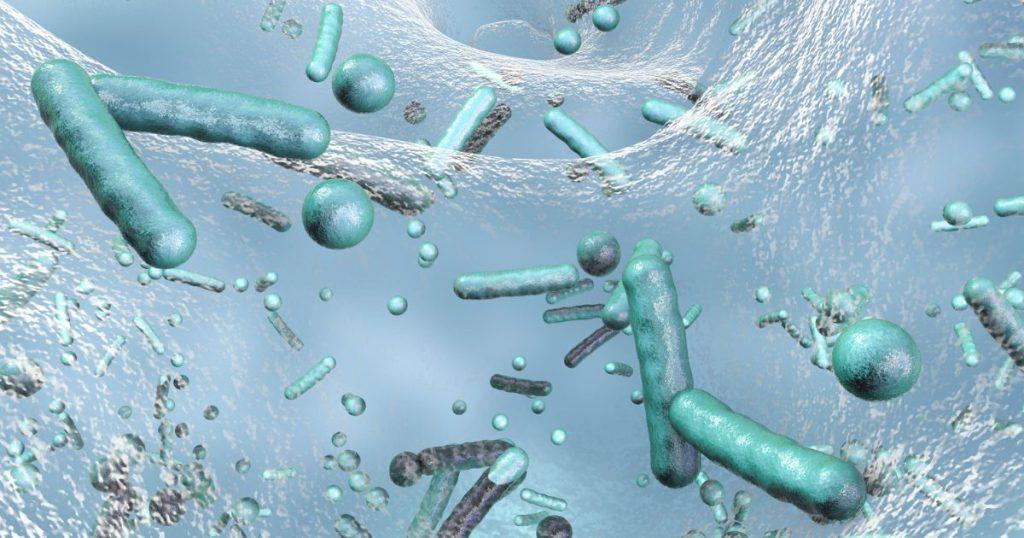
What is Bacteriology and the Basics of Bacterial Structure?
| Term | Description |
|---|---|
| Bacteriology | The study of bacteria, their classification, distribution, and roles in nature. |
| Bacterial Structure | The organization of the cell’s components, including the cell wall, cell membrane, and cytoplasm. |
| Prokaryotic | Cells that lack a nucleus and other membrane-bound organelles. Bacteria are prokaryotic. |
Before we dive into the microscopic world, let’s first understand what bacteriology is and what the structure of a bacteria is. Bacteriology is a branch of microbiology that focuses on the study of bacteria – their classification, distribution, and roles in nature. It’s a field that’s crucial to many areas of science and medicine, from understanding disease processes to developing new antibiotics.
The structure of a bacteria is what makes it unique. Each bacterial cell is a self-contained, living organism, capable of carrying out all the processes necessary for its survival. They have a cell wall that provides structure and protection, a cell membrane that controls the movement of substances in and out of the cell, and a cytoplasm where all the metabolic activities occur.
Understanding the structure of bacteria is like getting to know the blueprints of a building. It gives us insights into how bacteria function, how they interact with their environment, and how they can be targeted by antibiotics or other treatments. It’s a fascinating world of complexity and diversity, all packed into a microscopic cell.
Key Concepts in Bacteriology
- Classification of bacteria
- Distribution of bacteria in nature
- Roles of bacteria in ecosystems
- Structure of bacterial cells
- Prokaryotic nature of bacteria
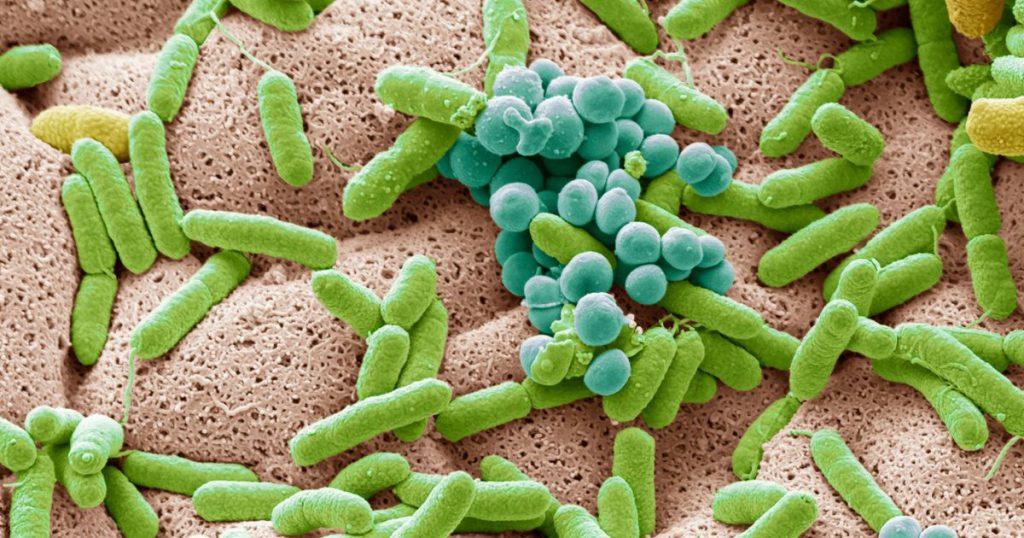
What is Morphology and Structure of Bacteria?
| Term | Description |
|---|---|
| Morphology | Refers to the shape and arrangement of bacterial cells. |
| Structure | Refers to the organization of the cell’s components, including the cell wall, cell membrane, and cytoplasm. |
| Cocci | Spherical bacteria. |
| Bacilli | Rod-shaped bacteria. |
| Spirilla | Spiral-shaped bacteria. |
Bacteria might be tiny, but they’re complex – let’s explore what morphology and structure in bacteria mean. Morphology refers to the shape and arrangement of bacterial cells, while structure refers to the organization of the cell’s components. These two aspects are closely intertwined and play a crucial role in the bacteria’s ability to survive and thrive in various environments.
Bacterial morphology can be quite diverse. Some bacteria are spherical (cocci), some are rod-shaped (bacilli), and others are spiral (spirilla). The shape of a bacterium can influence its mobility, its ability to absorb nutrients, and its interactions with other cells and the environment.
The structure of a bacterial cell, on the other hand, involves various components, each with a specific function. For instance, the cell wall provides protection and shape, the cell membrane controls the transport of substances, and the cytoplasm is where metabolic activities occur. Understanding these structures helps us understand how bacteria function and adapt to their environments.
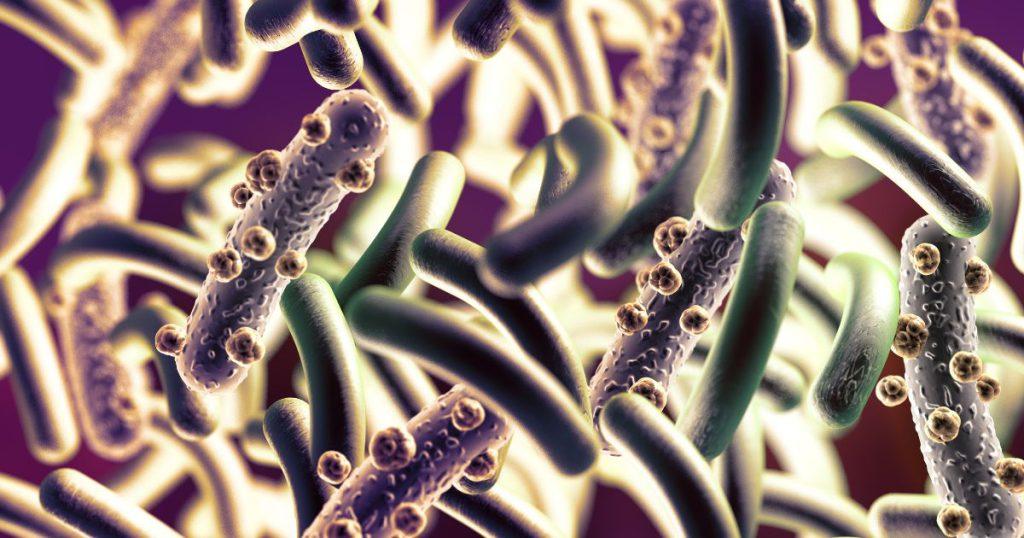
What are the 3 Basic Morphological Shapes of Bacterial Cells?
| Shape | Description | Example |
|---|---|---|
| Cocci | Spherical bacteria | Staphylococcus |
| Bacilli | Rod-shaped bacteria | Escherichia coli |
| Spirilla | Spiral-shaped bacteria | Helicobacter pylori |
Not all bacteria look the same – let’s discover the three basic morphological shapes they come in. The first is cocci, or spherical bacteria. These bacteria are often found in clusters or chains and are common in our environment and on our bodies. Examples include Staphylococcus, which can cause skin infections, and Streptococcus, which can cause sore throats.
The second shape is bacilli, or rod-shaped bacteria. These bacteria are usually solitary but can form chains. They include species like Escherichia coli, which lives in our intestines and aids in digestion, and Bacillus anthracis, which causes anthrax.
The third shape is spirilla, or spiral-shaped bacteria. These bacteria are known for their corkscrew-like movement. Examples include Helicobacter pylori, which can cause stomach ulcers, and Treponema pallidum, which causes syphilis. Each shape provides different advantages and challenges to the bacteria, influencing their survival and behavior.
Examples of Bacteria Based on Morphology
- Cocci: Staphylococcus, Streptococcus
- Bacilli: Escherichia coli, Bacillus anthracis
- Spirilla: Helicobacter pylori, Treponema pallidum
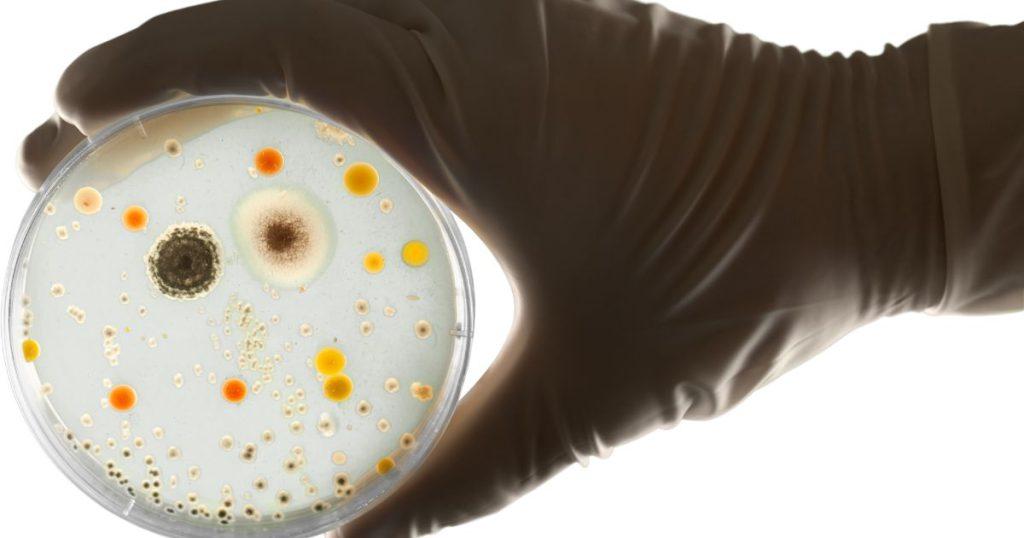
What are the 5 Characteristics of Bacteria?
| Characteristic | Description |
|---|---|
| Prokaryotic | Lack a nucleus and other membrane-bound organelles. |
| Binary Fission | Reproduce asexually by dividing into two identical cells. |
| Oxygen Response | Can be classified as aerobes, facultative anaerobes, or anaerobes based on their response to oxygen. |
| Diverse Metabolism | Can use a wide range of substances for energy. |
| Endospores | Many bacteria can form endospores, a dormant stage that allows them to survive harsh conditions. |
Beyond their shapes and structures, bacteria have five key characteristics that make them unique. First, they are prokaryotic, meaning they lack a nucleus and other membrane-bound organelles. Instead, their genetic material is found in a region called the nucleoid.
Second, bacteria reproduce asexually through a process called binary fission, where one cell divides into two identical cells. This allows them to multiply rapidly under favorable conditions.
Third, bacteria can be classified based on their response to oxygen. Some require oxygen to survive (aerobes), some can live with or without oxygen (facultative anaerobes), and some are harmed by oxygen (anaerobes).
Fourth, bacteria have a diverse metabolism. They can use a wide range of substances for energy, from organic matter to sunlight to inorganic chemicals.
Fifth, many bacteria have the ability to form endospores, a type of dormant stage that allows them to survive harsh conditions. These characteristics make bacteria incredibly adaptable and resilient, able to colonize a wide range of environments.
Examples of Bacteria Based on Characteristics
- Prokaryotic: All bacteria, including Escherichia coli and Staphylococcus
- Binary Fission: All bacteria, including Bacillus subtilis and Salmonella
- Oxygen Response: Aerobes like Mycobacterium tuberculosis, anaerobes like Clostridium perfringens
- Diverse Metabolism: Photosynthetic bacteria like Cyanobacteria, chemosynthetic bacteria like Nitrosomonas
- Endospores: Bacillus and Clostridium species
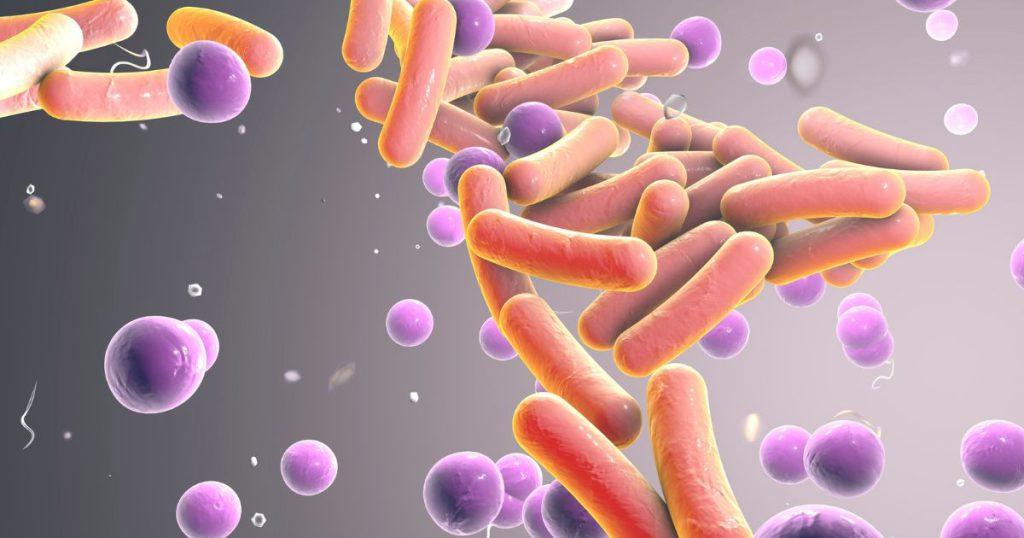
How Do You Describe Cell Morphology and How Understanding Bacterial Structure Helps in Medical Technology?
| Term | Description |
|---|---|
| Cell Morphology | The study of the physical form and structure of cells. |
| Gram Staining | A method used to classify bacteria into two large groups (Gram-positive and Gram-negative) based on the physical properties of their cell walls. |
| Medical Technology | The application of devices, procedures, and algorithms in healthcare to diagnose, prevent, or treat disease. |
| Antibiotic Development | Understanding bacterial structure can aid in the development of new antibiotics by revealing potential targets for drugs. |
| Disease Diagnosis | Knowledge of bacterial morphology can assist in the diagnosis of bacterial infections. |
Describing cell morphology is an art, and this knowledge isn’t just for scientists – it plays a crucial role in medical technology too. When we talk about cell morphology, we’re referring to the physical characteristics of a cell – its size, shape, color, and structure. In bacteriology, cell morphology can provide valuable clues about the identity of a bacterium and its potential pathogenicity.
Understanding bacterial structure and cell morphology is crucial in medical technology. It helps in the diagnosis of bacterial infections, as different bacteria have distinct morphological characteristics. It also aids in the development of new antibiotics, as the structure of a bacterium can reveal potential targets for drugs.
Moreover, understanding bacterial structure can help in the design of medical devices and procedures. For instance, knowing how bacteria adhere to surfaces can inform the design of implants to reduce the risk of bacterial colonization and infection.
Understanding bacterial structure and cell morphology is like unlocking a secret code to the microscopic world.
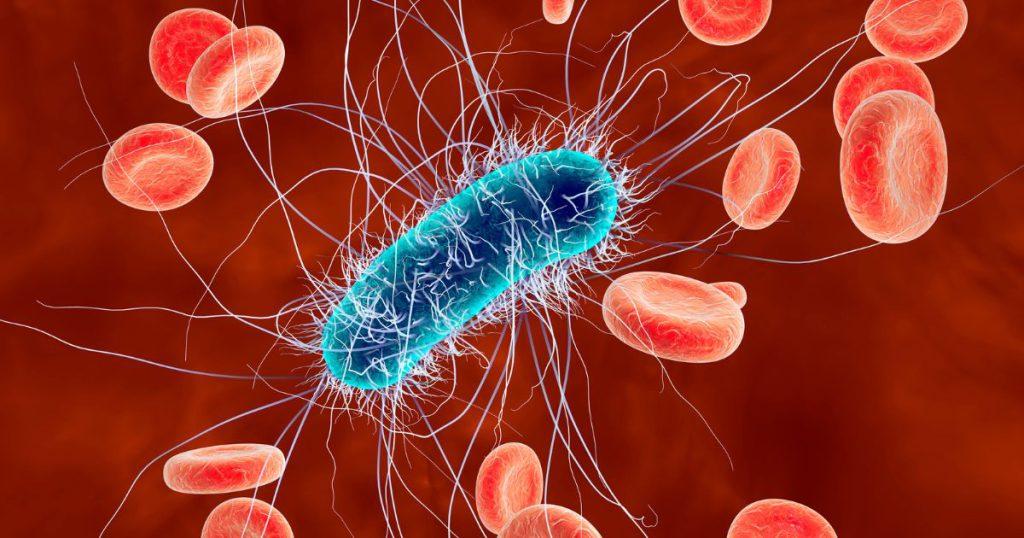
Conclusion
Our journey into the microscopic world of bacteria is just the beginning. The more we learn about bacterial structure and cell morphology, the more we realize how complex and diverse these tiny organisms are. They’re not just passive inhabitants of our world – they’re active players, shaping our environment and our health in countless ways. So, the next time you think about bacteria, remember – they’re not just tiny dots under a microscope. They’re a testament to the incredible diversity and complexity of life on our planet.
This post is part of my Bacteriology category. Also check out my index page on Bacteriology.
Other pages of interest: The Role of Bacteriology in Disease Diagnosis and Bacterial metabolism and energy production
Disclaimer: This article is intended for informational purposes only. While every effort has been made to ensure the accuracy of the information, it should not be used as a substitute for professional medical advice, diagnosis, or treatment. Always consult with a qualified healthcare professional for any medical concerns.
Frequently Asked Questions
What is bacteriology?
Bacteriology is a branch of microbiology that focuses on the study of bacteria. It involves classifying bacteria, understanding their distribution, and studying their roles in nature. It’s a field that’s crucial to many areas of science and medicine, from understanding disease processes to developing new antibiotics.
What does bacterial structure refer to?
The structure of a bacteria refers to the organization of the cell’s components. Each bacterial cell is a self-contained, living organism, capable of carrying out all the processes necessary for its survival. They have a cell wall that provides structure and protection, a cell membrane that controls the movement of substances in and out of the cell, and a cytoplasm where all the metabolic activities occur.
What is bacterial cell morphology?
Bacterial cell morphology refers to the shape and arrangement of bacterial cells. Bacteria come in various shapes, the most common being cocci (spherical), bacilli (rod-shaped), and spirilla (spiral-shaped). The shape of a bacterium can influence its mobility, its ability to absorb nutrients, and its interactions with other cells and the environment.
Why is understanding bacterial structure and cell morphology important in medical technology?
Understanding bacterial structure and cell morphology is crucial in medical technology. It helps in the diagnosis of bacterial infections, as different bacteria have distinct morphological characteristics. It also aids in the development of new antibiotics, as the structure of a bacterium can reveal potential targets for drugs. Additionally, it can inform the design of medical devices and procedures to reduce the risk of bacterial colonization and infection.
What are the key characteristics of bacteria?
Beyond their shapes and structures, bacteria have five key characteristics that make them unique. They are prokaryotic, reproduce asexually through binary fission, can be classified based on their response to oxygen, have a diverse metabolism, and many have the ability to form endospores, a type of dormant stage that allows them to survive harsh conditions. These characteristics make bacteria incredibly adaptable and resilient, able to colonize a wide range of environments.
Further Reading
Bacteria Cell Structure – Molecular Expressions Cell Biology
Sean Schepers is a third-year Medical Technology student at Mahidol University with a passion for all things health and medicine. His journey into the world of medicine has led him to explore various fields. Sean's blog posts offer a unique perspective, combining his academic insights with personal experiences. When he's not studying or blogging, Sean enjoys keeping up with politics and planning his future career in medicine.
In addition to his studies, Sean serves as the chairman of the Rights, Liberties, and Welfare Committee, a role that reflects his commitment to advocacy and social justice. Beyond his academic pursuits, Sean offers tutoring services in English and Biology, further demonstrating his dedication to education and mentorship. His journey is one of continuous discovery, and he invites others to join him as he explores the dynamic and transformative world of medical technology.

